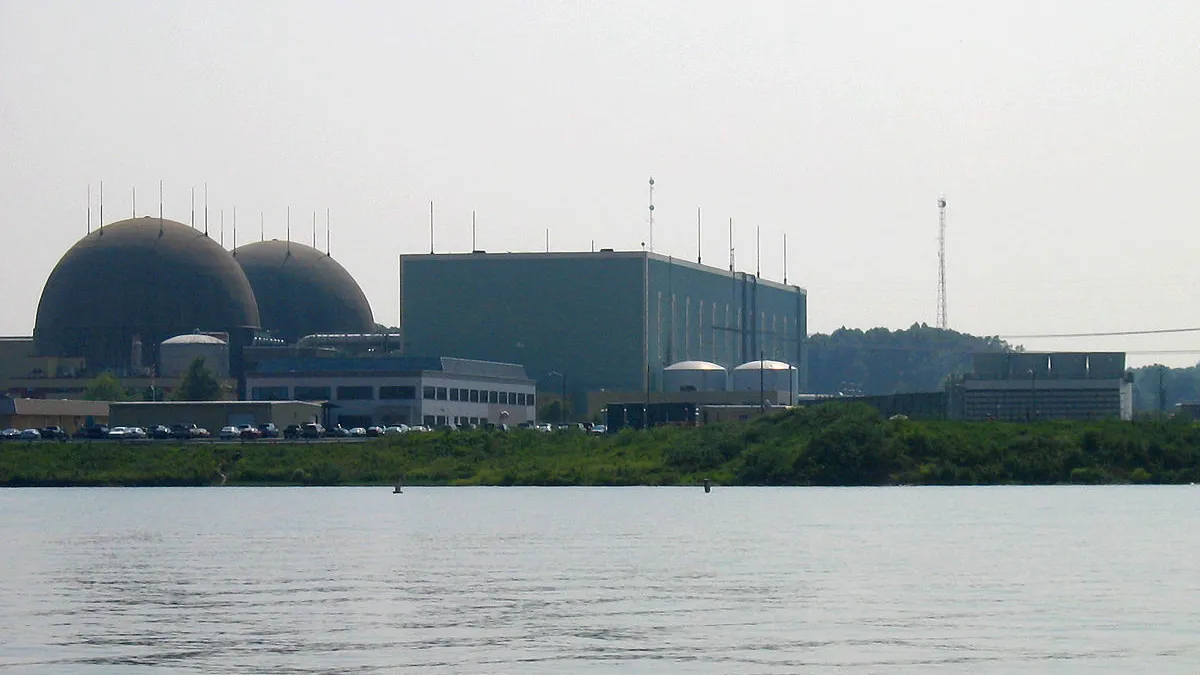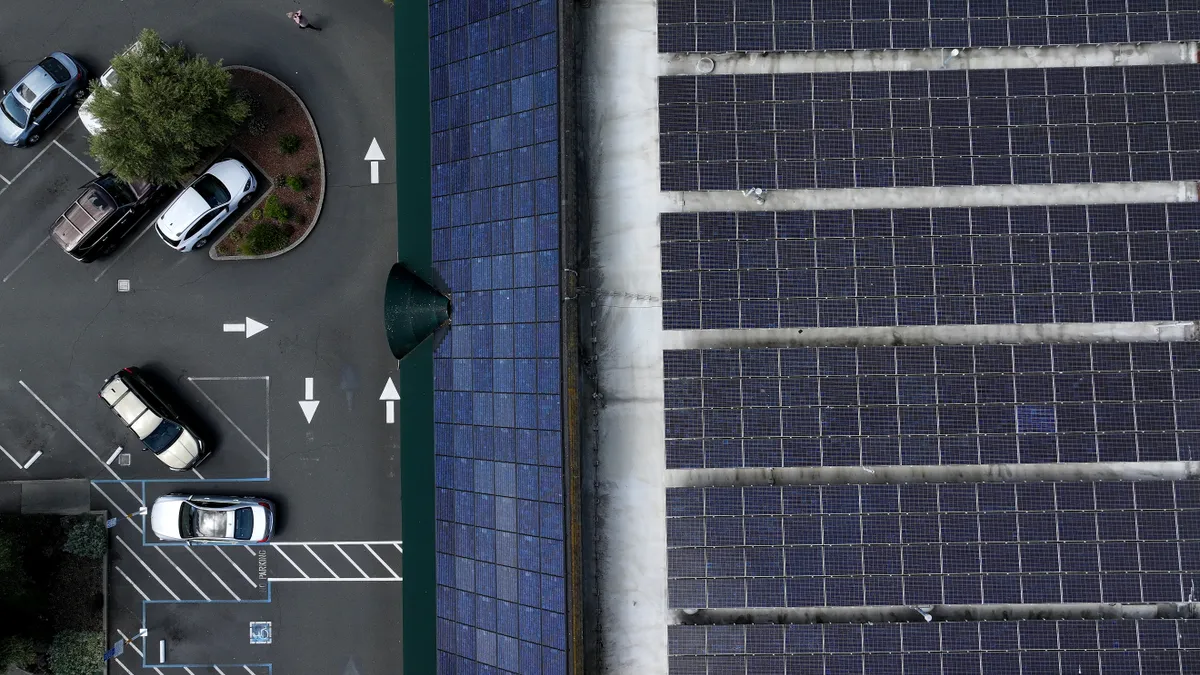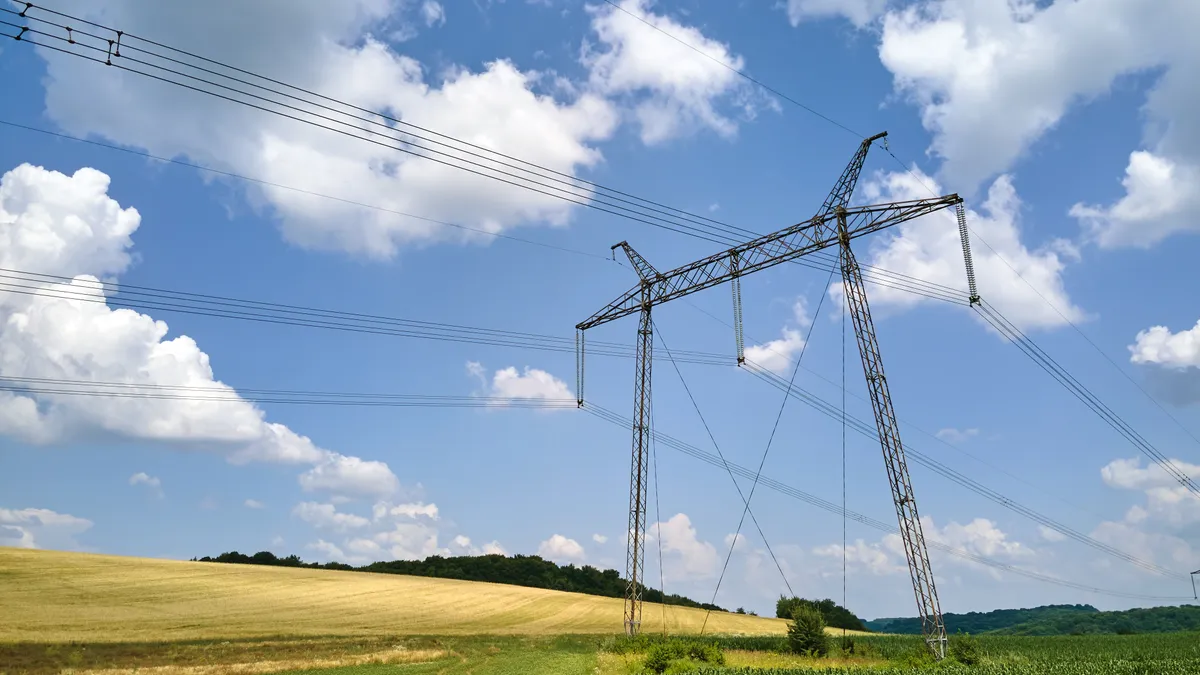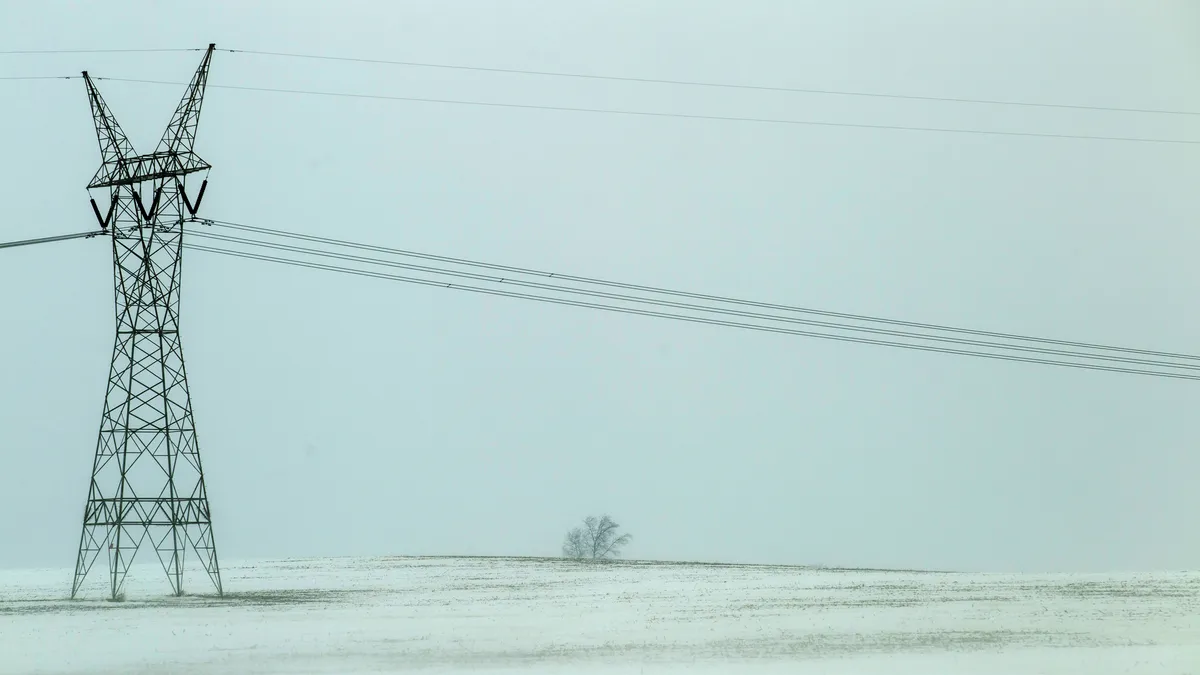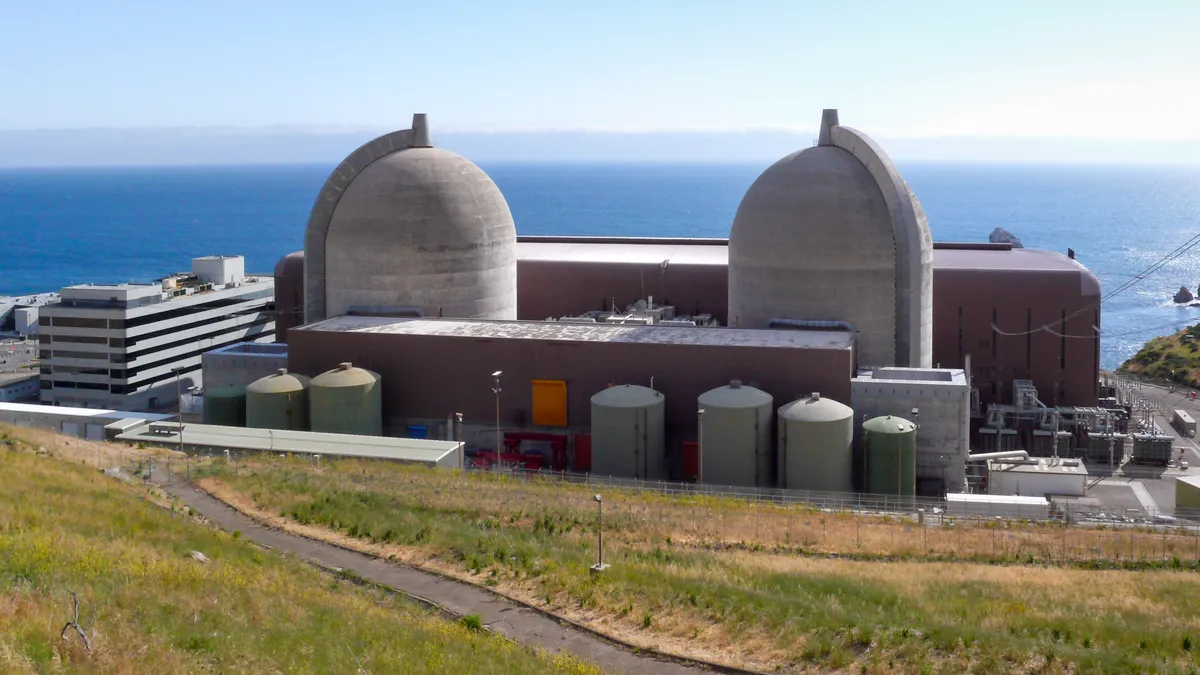Recent news about nuclear power plants would not seem to be conducive to building a new nuclear plant, but five electric companies are keeping their plans for new reactors alive.
Earlier this month, the Nuclear Regulatory Commission authorized a combined construction and operating license (COL) for a third reactor at Dominion Virginia Power’s operating North Anna nuclear plant in near Mineral Spring, Va. Dominion filed with the NRC for the COL in 2007.
In December, the NRC issued a COL for two reactors at Duke Energy’s William States Lee plant in Gaffney, S.C.
And last November the NRC issued a final Environmental Impact Statement for two new reactors Florida Power & Light has proposed at its existing Turkey Point nuclear station.
FP&L hopes to have a COL for the two new reactors at Turkey Point in hand before year end, Spokesperson Peter Robbins said. At this point, he said, the utility is limiting its activities to those required to obtain the COL. FPL filed for the license in 2010.
Having the COL “creates an option down the road,” Robbins said.
“We believe having the option is of value to our customers,” Robins said, adding that nuclear power adds no greenhouse gas emissions to the environment and provides a very reliable source of power.
That is a common theme among the companies with COLs. “Having the COL in hand provides us with valuable option to move forward, if and when it make sense to do so,” Dominion spokesman Richard Zuercher told Utility Dive earlier this month.
Right now there are seven companies – including two companies, Southern Co. and South Carolina Electric & Gas, with reactors under construction – with issued COLs and an eighth, FP&L, with a COL under review.
Option value
It would seem that the option value of a COL would be at a low point right now. Aside from the fact that Exelon said it is preparing to close its Three Mile Island nuclear plant in 2019 because the plant cannot compete with low cost gas-fired generation in the PJM Interconnection, the only two new nuclear power projects to begin construction in 30 years are seriously behind schedule and over budget.
Those plants now have to content with the bankruptcy of Westinghouse Electric, the contractor and reactor supplier for both Georgia Power’s Vogtle project in Georgia and SCE&G’s V.C. Summer project in South Carolina.
None of the companies with COLs, aside from those under construction, say they have any immediate plans to move forward with construction of their proposed nuclear projects. They all say they are holding the COL for its “option value.”
Figuring out the value of that option is another thing.
“If construction on a new nuclear plant were started today, it would still take a long time to build,” said Dean Murphy, a principal at The Brattle Group.
The separate COL applications for Vogtle and Summer were filed about nine years ago and awarded in 2012 with construction starting in 2013. Both projects are under construction but are about two years behind their originally estimated start dates.
Holding a COL “is not a bet on today’s market conditions," Murphy said. Ten years from now, at lot of things could change. Murphy points out that 10 years ago, natural gas prices were high and expected to go higher.
Gas prices were roughly around $7/million British thermal units in 2007 and headed to a high of $12.69/MMBtu in 2008 before coming down to the current prices that have been mostly under $3/MMBtu.
“But who knows when gas will turn around or when the U.S. gets serious about climate change?” Murphy said.
Gas prices could remain low or be pushed higher or there could be some entirely new and unforeseen technology could come to market. Or there could be a major shift in political goals.
Putting a price on carbon dioxide emissions could increase the revenue prospects for nuclear power plants, said Murphy. He adds that it is not so hard to imagine wholesale power prices hitting $80/MWh within the next decade or so, which could be high enough to make building a nuclear plant feasible. Wholesale power prices currently are about $30/MWh.
An approved COL also allows a company to react more quickly to market conditions. Starting from scratch, it could take 10 years or more to permit and build a new nuclear reactor. Having a COL in hand could cut that time by half or more.
But a COL also locks the holder into a particular technology since the permit is design specific. Right now there are only three reactor technologies approved by the NRC, Westinghouse’s AP1000 and the ABWR and ESBWR designs from GE-Hitachi.
Many variables could affect the future value of a COL, including commodity prices, technological advances and political changes. On the other hand, there is little or no cost to maintaining a COL and there is no expiration date on a COL, according to the NRC. The same cannot be said of the cost of obtaining one.
FP&L has so far spent $270 million over the application period, Robbins at FP&L said. FP&L recovers those costs under a 2006 clause to a Florida law.
Duke Energy spent “more than $500 million on the Lee project and just over $1 billion on the Levy project,” said Rita Sipe, manager of nuclear communications at Duke Energy. The costs include, among other things, licenses, such as land purchases, site certifications and permits.
Duke is seeking cost recovery for the Levy project in Florida, but has not asked for cost recovery under a South Carolina law for the Lee project, Sipe said.
Dominion has spent roughly $600 million on pursuing an Early Site Permit and on the COL for its North Anna project, spokesperson Richard Zuercher said.


